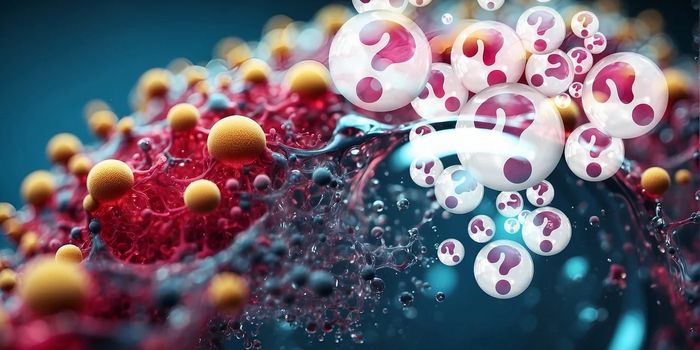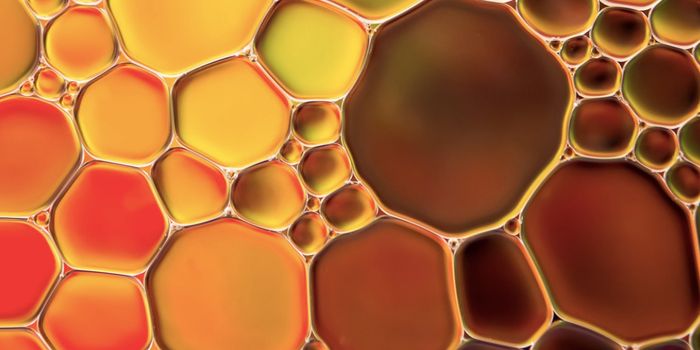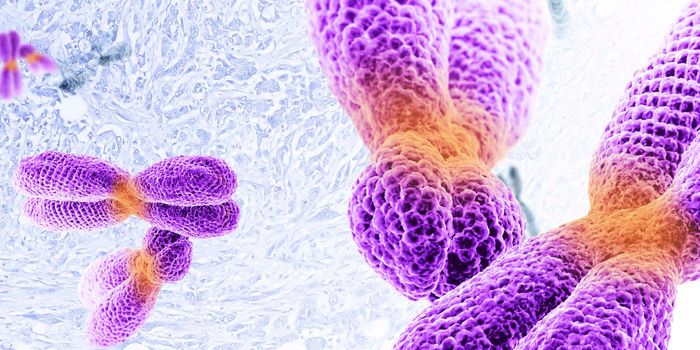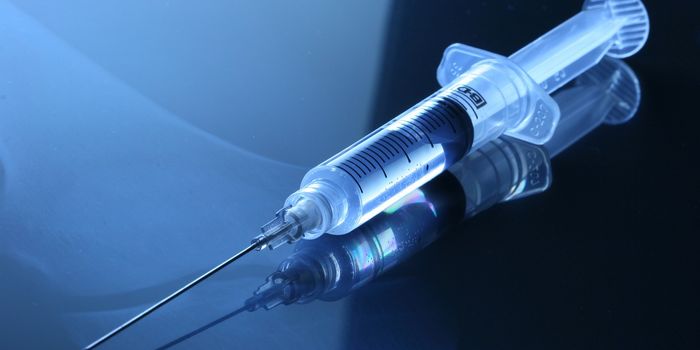Examining Cancers Effect on the Immune System for Prognostic Use
Most think of cancer in the context of where it is on the body like breast or pancreatic cancer. There are several more ways of broadly classifying cancers, however. One such way is how cancer can influence the environment around them, in particular how it affects the immune system. By examining the tumor immune microenvironment (TIME), a doctor or researcher could obtain valuable prognostic information. Three general TIME groups have been identified. An anti-tumor TIME group characterized by a relatively high number of anti-cancer immune cells, a pro-tumor TIME group characterized by a lack of anti-tumor immune cells and a high number of immune-suppressing cells and a third group is an immune-absent group characterized by the lack of an immune response overall.
A team from the Research Center of Borstel in Germany took an interest in these TIME groups and began an investigation. Their goal was to identify any genes or other factors that were unique to each TIME group. They pulled the data of 155 head and neck squamous cell carcinomas (HNSCC) patients from The Cancer Genome Atlas (TCGA) and began their investigations.
The team defined TIME groups based on their expression of genes related to the cytotoxic T-cell response. An immune-activated TIME group would have elevated expression, an immune-suppressed TIME group would have lower expression, and an immune absent TIME group would have a lower expression of all immune-related genes. Examining the patient data, the immune-activated TIME group had a higher overall survival rate over the other two groups. Patients with late-stage tumors were far more likely to be in the immune-suppressed TIME group than any other group. They also found a tumor’s histology, or a tumor’s structure, was more likely to be similar amongst patients of the same group.
The team then began to look at possible gene mutations in each group that were unique. The standout genes were TP53, which had a strong correlation with the immune absent TIME group, and EP300, which correlated with the immune-activated TIME group. They decided to follow up on EP300. A quick analysis of TCGA data showed that EP300 mutations correlated with the immune-activated TIME group of gastric, prostate, and esophageal squamous cell carcinomas as well as HNSCC. EP300 is also known to increase the expression of glycolytic genes. Glycolysis is an inefficient energy production method used when oxygen is not available. It also produces lactic acid, which can act as a suppressor of the immune system. Mutations in EP300 would reduce the amount of lactic acid in tumor cells, and promote an anti-tumor TIME.
The group’s efforts revealed that the TIME of a tumor might indeed have prognostic value. Unique genetic biomarkers for TIME were scarce, unfortunately. TP53 is already linked to the regulation of the anti-tumor immune response, but EP300 was less understood. In silico analyses showed it was strongly linked to the anti-cancer immune response, with mutations in EP300 resulting in an immune-active TIME. The study of alternative pan-cancer types may one day allow for a better understanding of why certain drugs and therapies work on some cancer subtypes but not others. TIME grouping has promise, but much more research is needed before it can be considered a strong argument one way or another.
Sources: Nature, Nature Video









